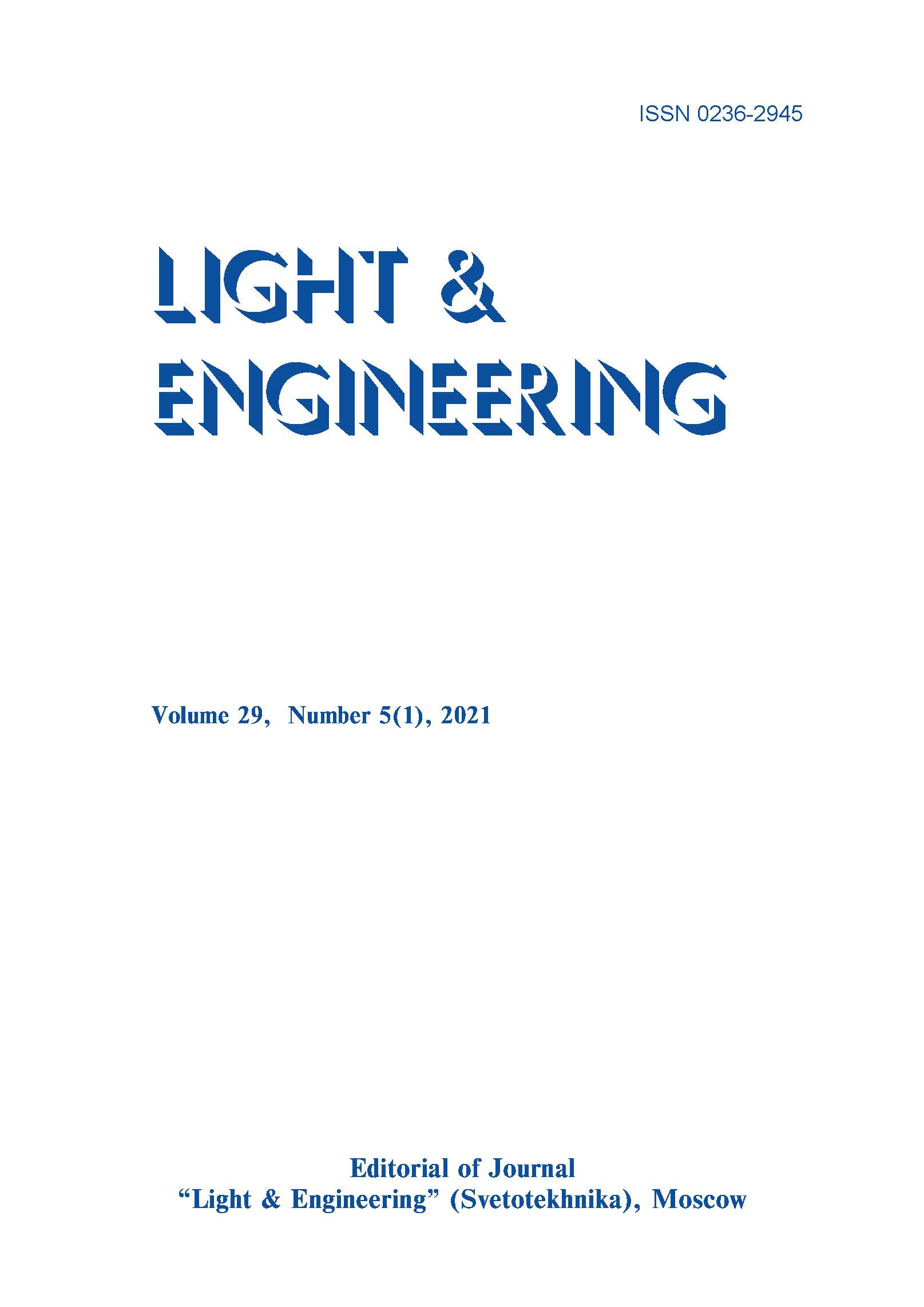Content

Abstract:
Passive use of solar energy for heating buildings in winter and cooling buildings in summer is an environmentally friendly and effective way to save energy in the operation of buildings. In different countries, especially in the middle latitudes, (30–40)% of thermal and electrical energy is consumed for heating and cooling buildings. Therefore, the use of such an inexhaustible source of energy as the sun is relevant. The method of preliminary assessment of the energy efficiency of Trombe walls for buildings in different climatic conditions, based on the energy analysis of the work of these structures in the transition periods of the year (spring – autumn), when the work of the Trombe walls is most effective, is presented. In summer, these structures can be used to activate air exchange with the drawing of cool air from shady and cool areas due to the “chimney” effect. On cold winter days and at night, when there is no sun, the walls of the Trombus act as buffer zones that reduce the temperature load on the enclosing structures. These positive qualities are additional, increasing the energy efficiency of these structures. They are not taken into account in this method. The maximum effect is achieved during the transition period. The results of computational modelling of energy savings due to the use of Trombe walls in areas with a monsoon climate in north-eastern China (Harbin and Shenyang), as well as similar climate areas of the Russian Far East (Khabarovsk and Vladivostok), located at the latitude of the cities under consideration in China, are analysed. It is shown that the efficiency of the use of Trombe walls in the transition period for heating can be up to (10–15)% in these areas. The method of determining the energy efficiency of the use of Trombe walls can be used to determine the feasibility of their use in various climatic regions at the stage of preliminary design and decision-making.
References:
1. Gonchar V.V. Autonomous (decentralized) hot water supply systems / Publishing house ASV. Moscow, 2010, 54 p. 2. Zakharchenko V. Winter garden in the apartment, house, office / CENTREPOLIGRAPH, Moscow, 2013, 288 p. 3. Zemov D.V. Formation of the architectural environment of the atrium spaces of public-trade and business centres by means of mobile components: Ph.D. dissertation in Architecture. 18.00.01-Yekaterinburg 2006, RGB OD, 61 07–18 / 16. 4. SNiP-SP 23–101–2000. Design of thermal protection of buildings / GOSSTROY OF RF, Moscow, 2004. 5. Bryzgalin V.V. Thermal ballance of the Trombe wall in the climate of Central Russia // Housing construction, 2018, # 6, pp. 15–18. 6. Umnyakova N.P. Heat transfer in the ventilated air layer of the vent. Facades, taking into account the radiation coefficient of the surfaces // Izvestiya Vuzov. Technology of the textile industry, 2016, # 5 (365), pp. 119–205. 7. Gagarin V.G., Kozlov V.V., Lushin K.I. The speed of air movement in the interlayer of hinged facade systems with natural ventilation // Housing construction, 2013, # 10, pp. 14–17. 8. Manual on the calculation and design of natural, artificial and combined lighting (to SNiP II‑4–79). NIISF Gosstroya SSSR. M. Stroyizdat. 1985. p. 381. 9. Solov’ev A.K. Solar architecture // Beautiful houses (Window systems and winter gardens), 2000, # 1, pp. 29–31. 10. Harkness E, Mehta M. Regulation of solar radiation in buildings / STROYZDAT, Moscow, 1984, pp. 178. 11. Feist V. Basic provisions for the design of passive houses / (Edited by A.E. Elokhov), Publishing house ASV, Moscow, 2008, 139p.
Keywords
- Passive houses
- Trombe wall
- passive use of solar energy
- energy saving
- buffer zones
- monsoon climate
- air exchange
- method of preliminary calculation of energy efficiency of Trombe walls
Recommended articles
Modern Approaches To Normalizing Natural Lighting Of Residential Buildings: Research Results Light & Engineering Vol. 28, No. 5
The Use of Solar Energy for Heating Premises in the Southern Regions of the Russian Federation in the Spring-Autumn Period L&E, Vol.32, No.1, 2024
Daylight in Underground Spaces . L&E 26 (2) 2018



